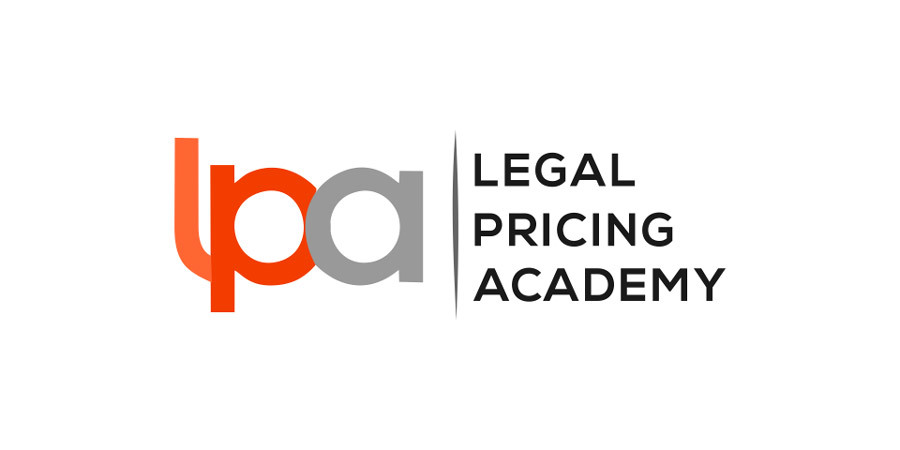It has long been customary for law firms to include a variety of sundry charges at the end of the bill. However, whilst the practice generates additional gross revenue and profit, this may be outweighed by the negative effects on client perception.
It has for many years been customary for firms to include a variety of sundry charges at the end of the bill but a cost benefit/analysis may well reveal that whilst the practice generates additional gross revenue, this is probably outweighed by the negative effects on client perception and attitudes.
Let's also be clear what I mean by sundry charges. These fall into 2 categories. Although I find that the terminology can vary from one country to another, let's call the first category ‘disbursements’. For the most part, these are readily identifiable as they are payments to third parties; court filing fees, title search fees, companies office charges etc. These are distinct from the 2nd category, which is what this blog post is about, variously referred to as office expenses, bureau charges, tolls, faxes, forms, postage, stationery. In other words they tend to be operational consumables.
What are others doing?
Firms have traditionally had a range of approaches to dealing with these consumables. A recent survey we conducted in a Commonwealth country produced the following results:
• Built into hourly rate - not a separate charge 62%
• User-pays (data captured using technology) 57%
• Flat office expenses right for every file 23%
• User-pays basis based on ‘guesstimate’ 18%
• Percentage added to 3 (separately shall not build) 8%
• Percentage added to fade (not shown separately on Bill) 4%
So, what does this have to do with tomato sauce? The morning after a recent family wedding saw a small group of us head out to a cafe for brunch. We all ordered and I paid at the counter – about $140. As all the meals were brought out, my brother-in-law asked the waitress for some tomato sauce. She duly returned with a very small saucer of sauce (I estimate 3 tablespoons) and said; “that will be 70 cents thanks”.
$0.70 for tomato sauce (ketchup)!
My brother-in-law just paid but we all looked askance at one another. You can imagine the comments that were made amongst us after the waitress was out of earshot. I concluded that it was the overt pettiness of the charge that irritated me rather than the cost itself. Perhaps ironically, if the bill had been $141 and the tomato sauce included in the charge I would not have batted an eyelid.
All of which got me wondering about how the legal equivalent is perceived by clients. I think that it is a safe bet that many clients reaction would be similar to mine in similar circumstances.
As against that, as a former managing partner, I am very conscious of the fact that the charging of these disbursements can equate to anywhere between 5% and 10% of the base fee. Doing away with those charges entirely would have a very significant impact on firm profitability. Equally however, it does seem to me difficult to justify discrete charges for these items when they are in fact simply operational expenses. Why draw the line with the items I have referred to? Why not attempt to amortise rent and wages into each bill?
I think that the answer lies in my reaction to the $.70 charge for the tomato sauce. I wasn't actually concerned about the cost per se. Rather, it was the way in which it was treated separately, almost as if it was a special item instead of being treated as a normal part of a brunch of sausages, egg, bacon etc. I certainly advocate transparency when it comes to pricing but this is an example of where too much of a good thing can be counter-productive.
Think carefully, the clients are...
In the final analysis, most clients simply want to know how much a particular task or project is going to cost in its totality. When you give them a total figure, they will then decide subjectively, based on their own frame of reference, whether that figure accords with their perception of fair and reasonable value. By all means, charge clients for those costs in one form or another but in my view, you itemise them at your peril.

